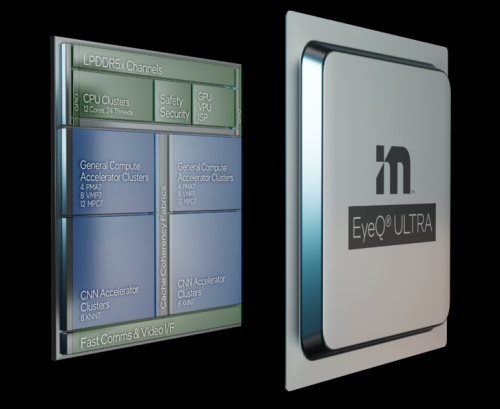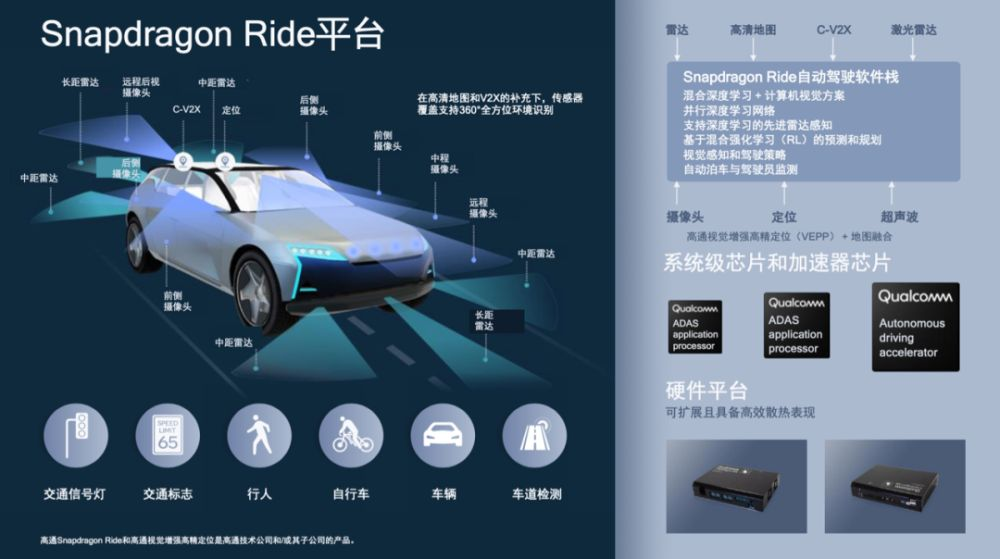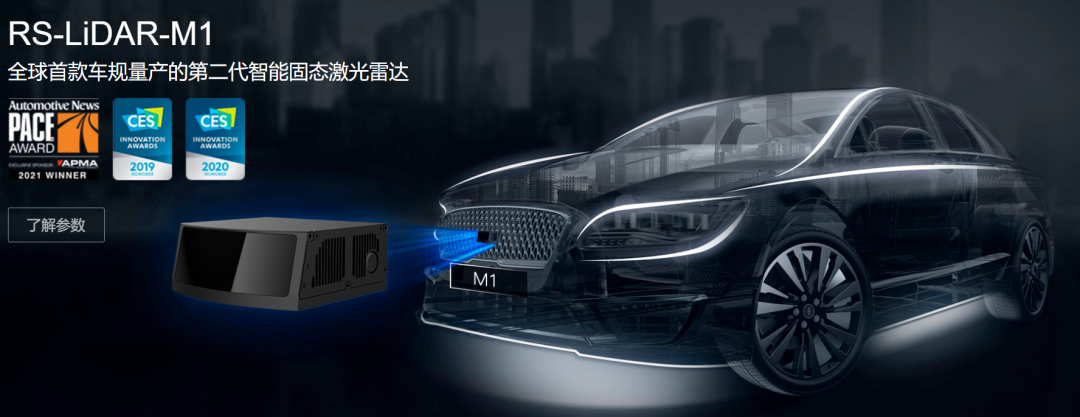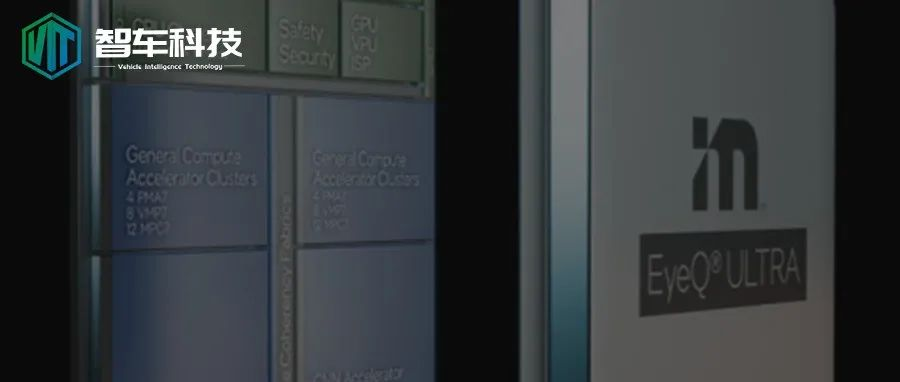Introduction
The 2022 International Consumer Electronics Show (CES) is in full swing. As a highly anticipated technology exhibition, CES has always represented a global benchmark for forward-looking technology. However, in recent years, we have noticed that exhibition booths related to the automotive industry have gradually taken over the center stage of CES. With the continuous development of automotive intelligence and digitization, CES has also transformed into a “grand show” for major car manufacturers. At the 2022 CES, international automotive giants such as Mercedes-Benz, BMW, General Motors, and Hyundai gathered together. In addition, many tier-one manufacturers also brought a lot of “hard goods.” Let’s imagine the future of transportation from the innovative technology at CES. From smart cabins to smart driving and the creation of future transportation methods, countless manufacturers are breaking through boundaries and entering, waiting for market bursts. This article will explore the major news related to autonomous driving that appeared at this year’s exhibition.
Mobileye reveals three chipsets
If we summarize the highlights of this year’s CES in one sentence, it is undoubtedly that chip giants are rapidly advancing and laser ranging radar is speeding up. At this year’s CES, many chip giants such as Qualcomm, NVIDIA, and Intel have successively released high-performance chips to support higher levels of autonomous driving. Among them, Intel subsidiary Mobileye released three chipsets at this year’s CES. Among them, EyeQ Ultra is a system integration chip developed specifically for autonomous driving. With 5-nanometer process technology, EyeQ Ultra can meet all the needs and application scenarios of L4 autonomous driving, while avoiding additional energy consumption and cost incurred by integrating multiple system integration chips. Mobileye announced that the supply of EyeQ Ultra system integration chips is expected to start at the end of 2023 and will achieve mass production of vehicle-grade by 2025.

At the same time, Mobileye also released two integrated chips, EyeQ 6L and EyeQ 6H, for advanced driver assistance systems (ADAS). They will respectively be mass-produced at mid-2023 and year-end 2024. It is worth noting that Mobileye and Jikua, a smart pure electric vehicle brand under Geely, jointly announced that the two parties will collaborate to develop a new consumer-grade pure electric vehicle with L4 autonomous driving capability. It is expected to be launched first in China in 2024.
NVIDIA introduces DRIVE Hyperion 8 autonomous driving platformDuring CES 2022, NVIDIA unveiled the eighth-generation DRIVE Hyperion autonomous driving platform, as well as the DRIVE Concierge for AI assistants and the DRIVE Chauffeur for autonomous driving. The DRIVE Hyperion 8 uses redundant NVIDIA DRIVE Orin system-on-chips, 12 external surround cameras, 9 millimeter-wave radars, 12 ultrasonic modules, 1 front-facing lidar and 3 internal perception cameras. Two NVIDIA DRIVE Orin chips provide computing power with each chip capable of up to 254 TOPS and completing 25.4 billion operations per second. The close integration of DRIVE Concierge and DRIVE Chauffeur provides low-latency, high-quality 360-degree 4D visualization services, such as automatic search for parking spaces and valet parking.
Currently, electric vehicle companies and brands using the DRIVE Hyperion autonomous driving platform include NIO, XPeng, Ideanomics, R Car, and IM Auto, and Jidu Auto’s first mass-produced vehicle is also expected to be equipped with the NVIDIA DRIVE Orin SoC and have L4-level autonomous driving capabilities when it hit the market in 2023. Companies in the autonomous driving industry, such as Cruise, Didi, IMa Technology, Navistar, and TuSimple, also use DRIVE Hyperion. TuSimple will deepen its cooperation with NVIDIA to develop domain controllers based on the NVIDIA DRIVE Orin chip. Suppliers such as Desay, Flex, Quanta, Valeo, and ZF have also supported DRIVE Hyperion.
Universal Latest Autonomous Driving Technology Ultra Cruise UnveiledAt CES 2022, General Motors unveiled their latest technologies and products, including their latest developments in autonomous driving technology. General Motors and Cruise are seeking a comprehensive path to autonomous driving, with the goal of delivering General Motors’ first personal autonomous vehicle by 2025. General Motors will be the first company to use Qualcomm’s Snapdragon Ride platform to implement advanced driving assistance technology, which has been developed in-house by General Motors. The new computing architecture jointly developed by General Motors and Qualcomm for Ultra Cruise will have the processing power of hundreds of personal computers but be no larger than two laptops stacked together.

The Snapdragon Ride platform is also one of Qualcomm’s important exhibits at this year’s show, mainly providing advanced driving assistance and autonomous driving technologies. The system has a new open, scalable, modular computer vision software stack, and is based on a 4-nanometer system-on-a-chip (SoC) designed to optimize the deployment of forward-viewing and surround-view cameras, support advanced driver assistance systems (ADAS) and autonomous driving (AD). The Snapdragon Ride vision system integrates a dedicated high-performance Snapdragon Ride SoC and Arriver’s next-generation vision perception software stack, with a proven software and hardware solution that provides multiple computing functions to enhance the perception of the vehicle’s surroundings, supporting vehicle planning and execution, and helping to bring about a safer driving experience.
RoboSense’s new 128-beam mechanical lidar makes its global debut
At CES 2022, RoboSense showcased seven products, including the second-generation intelligent solid-state lidar RS-LiDAR-M1, which is already in mass production and delivery, and the brand-new 128-beam mechanical lidar RS-Ruby Plus. The new custom-made 32-beam lidar RS-Helios-5515 also made its debut at an overseas exhibition.
 # RS-LiDAR-M1 and RS-Ruby Plus
# RS-LiDAR-M1 and RS-Ruby Plus
RS-LiDAR-M1 is the only solid-state LiDAR sensor that has achieved mass production and delivery in the automobile industry. It has obtained numerous orders from various enterprises, including BYD, GAC Aion, WM Motor, Zeekri, Lotus, Yesway, and ZhiTu, for passenger and commercial vehicles, covering all types of models, including supercars, sports cars, SUVs, and heavy-duty trucks. The brand-new 128-line mechanical LiDAR sensor, RS-Ruby Plus, has undergone iterative upgrades to enhance its detection range and precision. With a diameter reduced from 166mm to 125mm and a height decreased from 148.5mm to 125mm, it is over 50% lighter in weight and smaller in volume, with a power consumption decreased from 45W to 27W.
Valeo unveils its third-generation scanning LiDAR sensor
In addition to the collaboration with SensingTech, Valeo also publicly debuted its third-generation scanning LiDAR sensor for the first time at CES 2022. The sensor is expected to be launched in 2024 and can detect objects up to 200 meters away from the vehicle, invisible to the human eye, cameras, and radar. The third-generation LiDAR sensor can also serve as a warning to other vehicles to pay attention to hazards on the road, beyond the vehicles it is mounted on.
Moreover, Valeo has developed a close-range LiDAR sensor, NFL (Near-field LiDAR), which can be installed on highly autonomous driving vehicles, providing redundant coverage in collaboration with other sensors, eliminating blind spots and providing a completely safe lane change, especially in autonomous driving mode.
Conclusion
As a highly anticipated technology exhibition, CES represents a guidepost for global cutting-edge technology, and this year’s expo in the autonomous driving field has brought us more than enough surprises. With the continuous evolution of intelligence, vehicles are gradually becoming new mobile terminals for communication technology and lifestyle services. The latest technology, including autonomous driving, LiDAR sensors, VR/AR, etc., has opened up new paths towards implementation and mass production. We believe that it will soon bring us more convenience and speed in our daily lives.
This article is a translation by ChatGPT of a Chinese report from 42HOW. If you have any questions about it, please email bd@42how.com.
